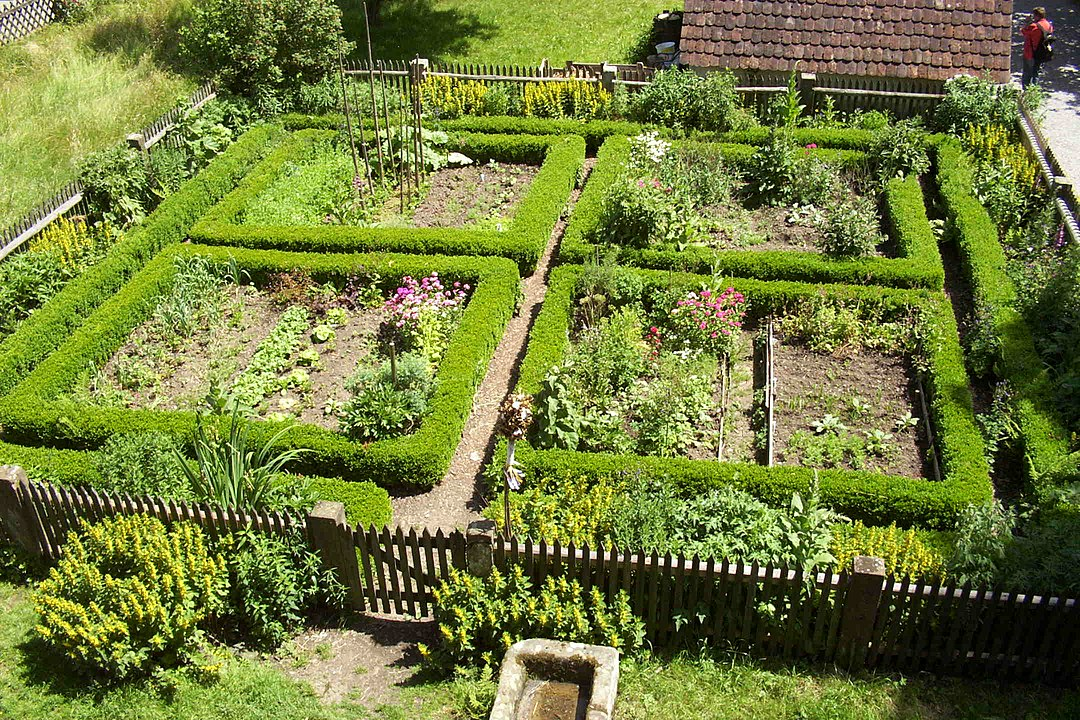
Planning and Planting a Cottage Garden: Layout & Ideas
When you hear the word "cottage garden," images immediately pop into your head: scents of flowers, images of lush, overflowing beds, feelings of home and security, and everything somehow bathed in the light of a summer sunset. You feel the same way, but wonder what a cottage garden actually is and how you can design your garden to approximate that soft warm feeling? Then you've come to the right place!
This Article Contains:
- Farm Garden: DIY Garden Ideas
- Planning a Cottage Garden: Plants, Structure and Layout
- Farm Garden Design: Step by Step
- Planting Shrubs, Hedges and Trees
- Plant Vegetables, Herbs and Flowers in Your Cottage Garden
- Low Maintenance Cottage Garden Ideas: Your Planting Scheme
- Cottage Garden (PDF): Vegetable Patch Plan
- Frequently Asked Questions About Cottage Gardens
Quick Overview
Farm Garden: Layout and Structure
- Four beds separated by crossroads (perfect for four-year crop rotation)
- Mixture of vegetables, medicinal plants and flowers
- Berry bushes or fruit trees at the northern edge
- Bed border of box hedge, stone walls, flowering strips or wood
Cottage Gardens: Creation and Design
- Create vegetable beds: Plan mixed crops of vegetable plants and a green manure of your choice.
- Plant bed borders: A box hedge, stone wall, wood wall, or flowering strip is a good way to divide your beds
- Plant shrubs and trees at the north edge of your garden: Plant edible shrubs or bird-friendly hedges and/or fruit trees as permanent crops
- Herbs and flowers: you can grow herbs either in your vegetable beds or in separate herb beds (e.g., herb spiral). Flowers can be found in a cottage garden partly in the beds and in colorful flower strips
Farm Garden: DIY Garden Ideas
Contrary to what one might initially assume, the "classic" peasant garden is not originally peasant at all. For there is no evidence anywhere that this way of laying out a garden corresponds to a historical reality. Rather, the peasant garden is an art object that first appeared at the beginning of the 20th century in the Hamburg botanical garden. The idea there was to depict an ideal peasant garden. The "garden design" that came out of it, however, did not have much to do with the "real" peasant gardens of the time, but rather came from a romantic, idealized idea. The "real" peasant gardens of the time were focused solely on the production of useful plants and served to secure the food supply of the rural population. One would have looked in vain for a geometric layout and box hedges as aesthetic elements. However, similar cultivated plants were found here.
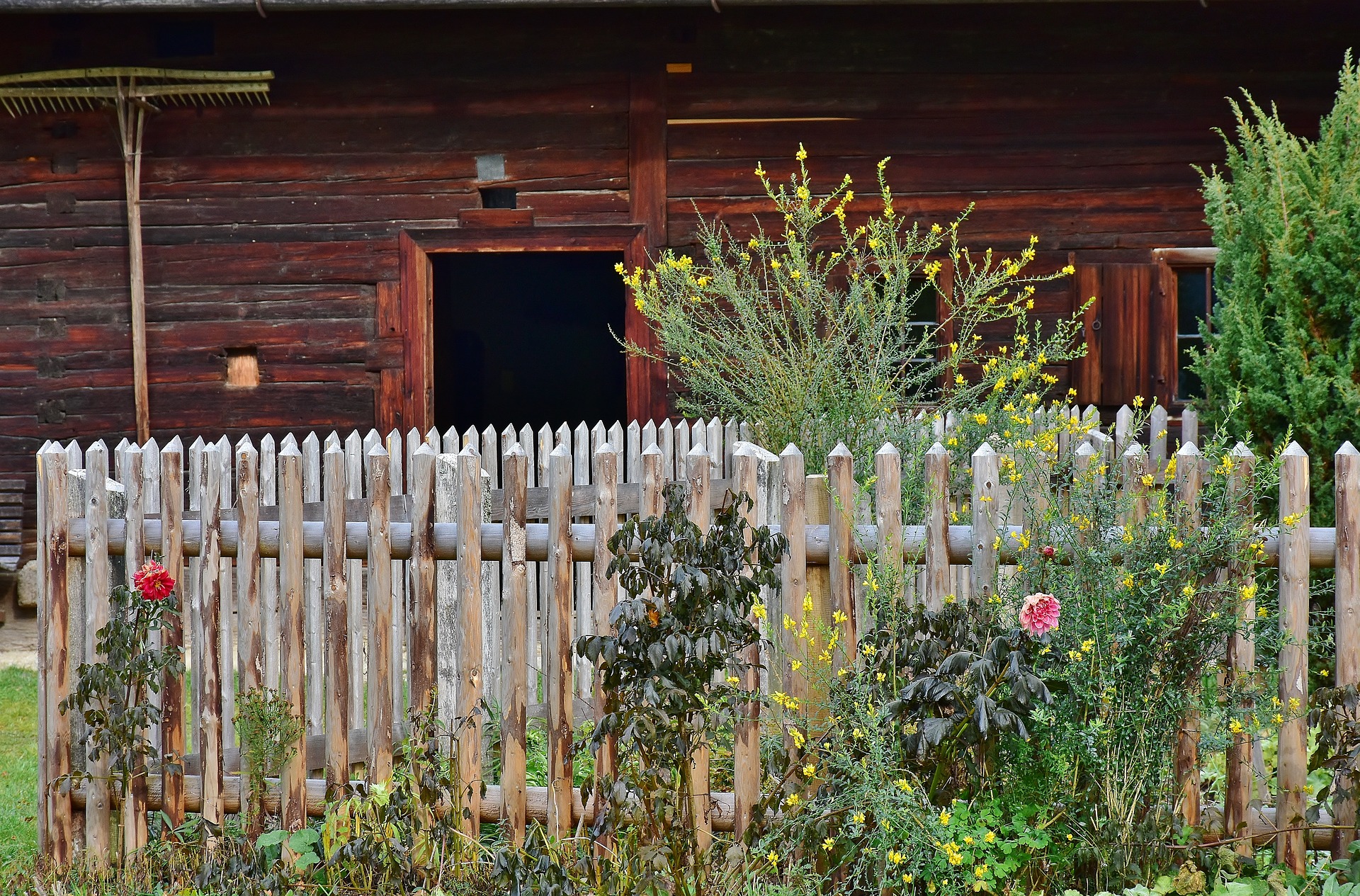
Planning a Cottage Garden: Plants, Structure and Layout
The fact that the Hamburg farmer's garden found its way into garden culture also has a lot to do with the fact that gardening at this time was increasingly turning from a survival necessity for the rural population into a leisure activity for the middle classes. Although the peasant garden is also much about aesthetics, the main purpose is nevertheless the cultivation of vegetables and medicinal plants. In the meantime, the peasant garden has long since found its place in the suburbs and garden settlements and it is impossible to imagine garden culture without it.
The Hamburg Cottage Garden
The Hamburg cottage garden is often square or at least rectangular and quartered by a cross of paths. The paths are often separated from the beds by small hedges or walls. In larger farm gardens, the individual beds are also divided again by paths and hedges or walls. In the middle of the crossroads there is often a small terrace, a small tree, a flower bed or a fountain. In your modern interpretation of a farmer's garden, however, there could also be a Raised Bed or a herb spiral here, for example. To the outside, the Hamburg cottage garden is often protected by a fence, a higher hedge or a wall. Fruit trees also have their place in the cottage garden. Fruit trees or berry bushes are often found on the north side of the garden. Although the botanical focus in the cottage garden is on vegetables, herbs, medicinal and fruit plants, flowers and perennials can also be found.
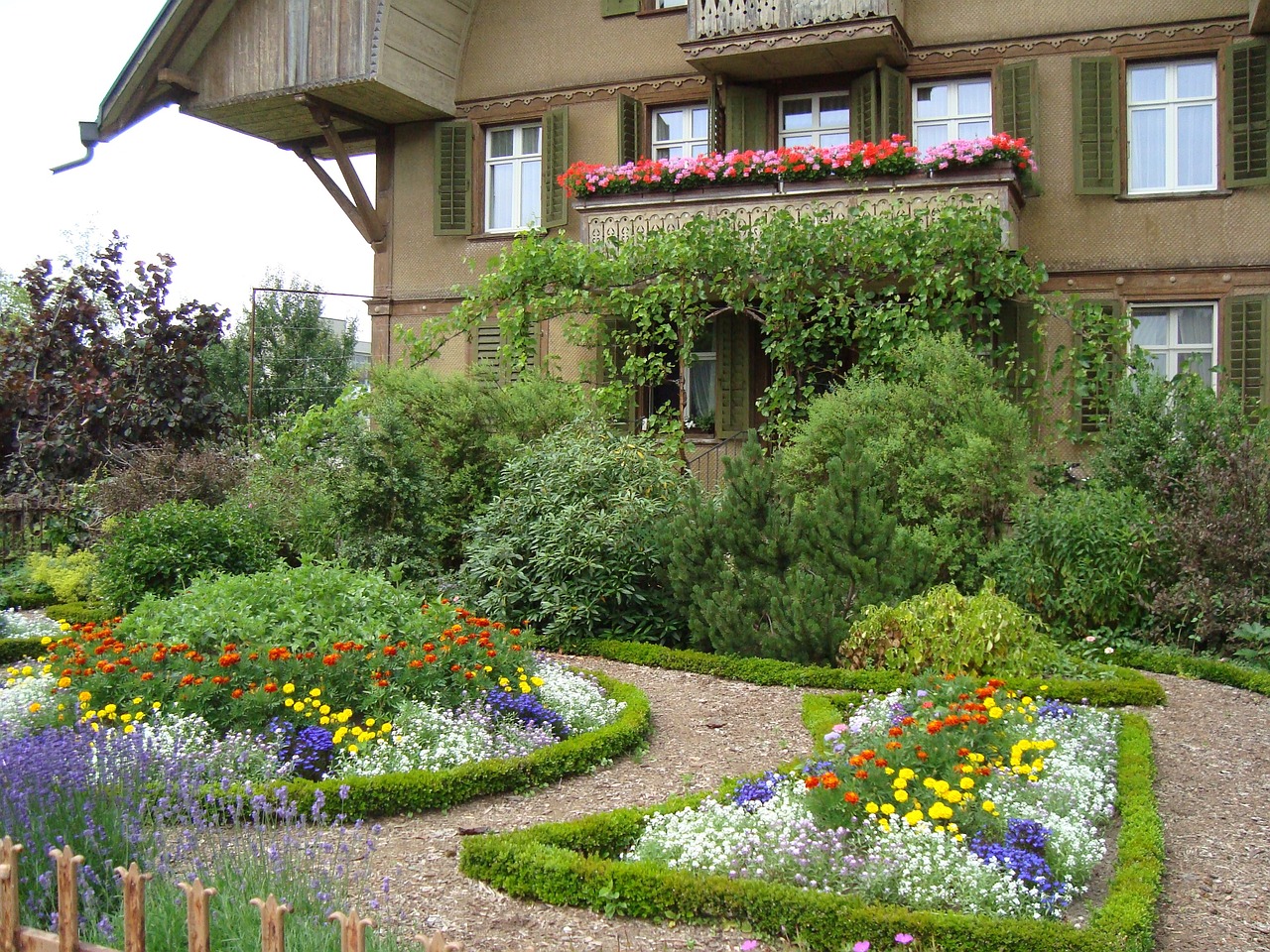
Farm Garden Design: Step by Step
Create Vegetable Beds
If you have a lot of space in your garden, then it makes sense to think about where you want to plant your cottage garden. Once you've decided on the location, size and shape, it's time to define the paths and beds. It is best to mulch the paths with bark mulch, gravel or similar. This ensures that they are not overgrown with weeds and that the soil can still breathe and absorb water. When creating the beds, you proceed as you would with any other garden bed. Refrain from digging up the soil as it disturbs the soil life. A Guide With Tips and Ideas for Creating a New Vegetable Patch, you can find here in the article.
Cottage Garden Border Layout: Create Bed Borders
For the bed borders you have many different options. Classically, the beds in the cottage garden are bordered with box hedges. However, since the boxwood borer is now very widespread and you may not enjoy your box hedge as much, it is worth considering alternatives. Bird and Bee Friendly Shrubs would be an example. You can also build a raised border of stone or wood. Or, you can forego a raised border and plant a flowering strip around your beds. There are no limits to your creativity when designing your cottage garden.

Planting Shrubs, Hedges and Trees
At the northern edge of your cottage garden you can plant berry bushes, because there they do not shade the beds. Whether it's raspberry, gooseberry or blackberry, it's entirely up to your taste. In addition, there are so many Edible Shrubs that have ecological benefits for people and animals. It is best to choose native plants, because in this way you will create new habitat, which, unfortunately, is increasingly being lost. At the same time you can harvest and enjoy the fruits of your labor. How and When to Plant Fruit Trees and Other Fruit Trees, we explain in this article.
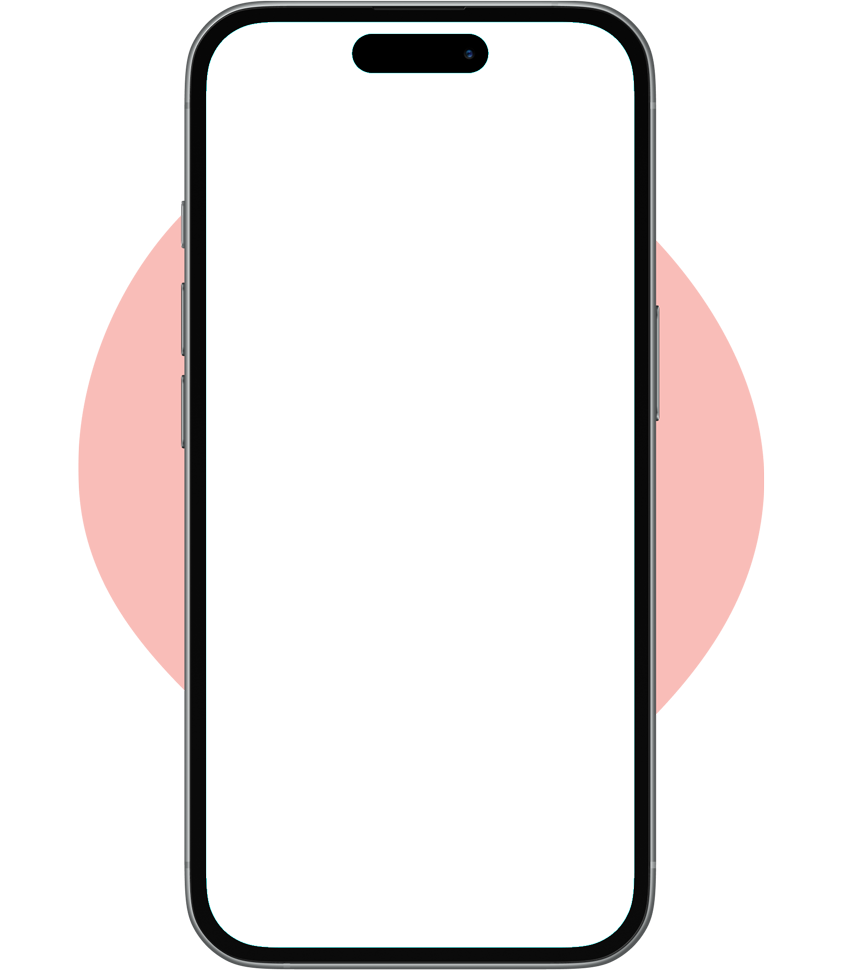
Want to Plan Your Own Cottage Garden?
With our bed planner, you can easily plan a colourful mixed crop. Good and bad neighbors are displayed directly and you get tips on crop rotation and crop rotation!
Plan Your Patches NowPlant Vegetables, Herbs and Flowers in Your Cottage Garden
When choosing vegetable plants, herbs and flowers in the bed, you are quite free and you can choose according to your wishes. Instead of growing only ornamental plants, however, you will benefit from turning your cottage garden into a kitchen garden. Plan the beds in a Mixed Culture and pay attention to your plants' needs for light, water and nutrients. What works well, however, depends a bit on your garden soil and climate. In addition to tips on soil, light and nutrient requirements, you will also find good and bad plant companions.
Low Maintenance Cottage Garden Ideas: Your Planting Scheme
To give you an idea of how your cottage garden could be structured, we have created a digital bed plan as a template. We have chosen crops that are particularly easy to care for and well suited for beginners. The layout is quite classic: four beds with an element in the middle, where the paths cross. The four beds are cultivated in a 4-Year Crop Rotation. Therefore, there is one bed each for light feeders, medium growers and strong growers. The fourth bed is planted with green manure to maintain soil fertility.
Cottage Garden: Your Planting Plan
Flowers, Herbs and Berries
Berries
Gooseberries and black currants grow on the northern edge of the garden. Berry bushes are generally easy to care for and bring a harvest without much work. Plant the bushes in the previous year in the fall, then you can already harvest the first berries the next year. You can also plant strawberries in your cottage garden. Strawberry plants are also low maintenance and will grow in the same spot for about three years until you need to replace them. In the fall, you can plant garlic among the strawberry plants after the strawberries are harvested.
Flowers
Typical for a cottage garden are also the many flowering elements. In the flowering strips you can plant the flowers that you like visually. Otherwise, insects will also be happy about the rich food supply provided by many flowering plants. You can sow dahlias, asters, zinnias, borage, clover or cornflowers, to name just a few examples. Sunflowers also provide food for the larger garden inhabitants. If you let the seeds ripen on the plant, birds will gladly peck them out.
Herbs
In the crossroads there is a Herb Spiral. Here you have the opportunity to grow many different herbs in a small space. You can combine herbs that you like to use as spices or medicinal herbs. In this herb spiral grow rosemary, thyme, sage, mountain savory, lavender, oregano, tarragon and lemon balm.
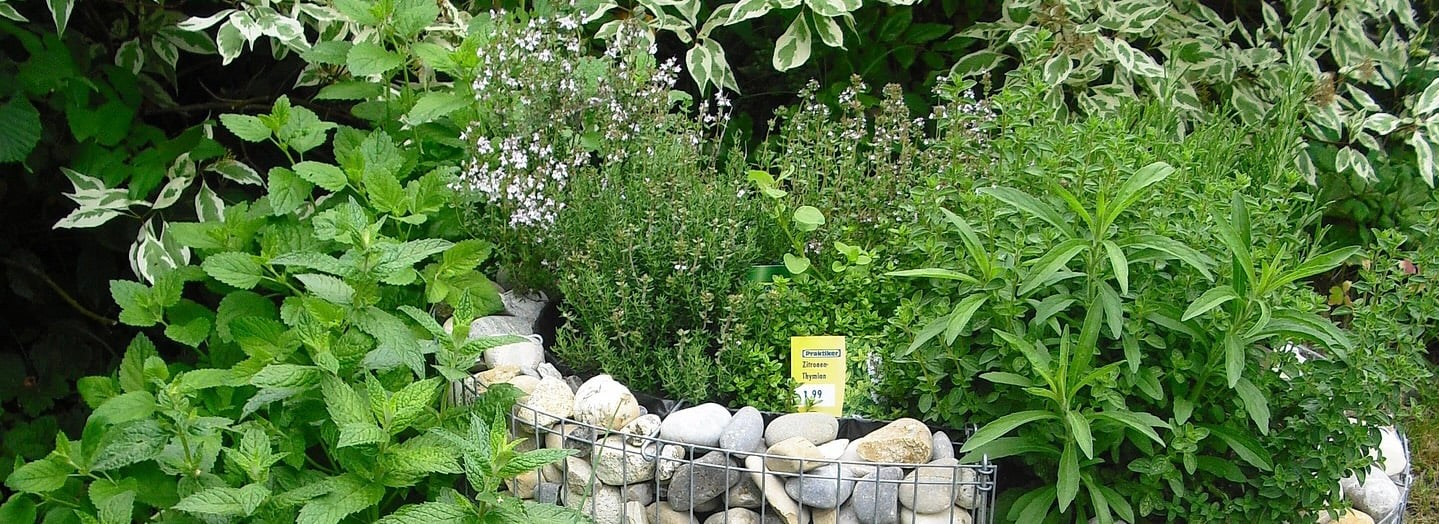
Vegetable Patch and Green Manure
Light Feeder Crops
Here grow winter hedge bulbs, a particularly low-maintenance culture. Once sown in spring, this crop remains in the bed for several years and can be harvested all year round. Next to it are two different lettuces and as a flowering component in the bed, edible flowers and herbs still grow here.
Medium Feeders
In this bed is a classic among mixed crops: carrots together with leeks. For soil and plant health, there is also spice tea growing at the edge of the bed. You can also eat their flowers and decorate salads or other dishes with them.
Heavy Feeder Crops
Two different potato varieties are planted here. Ideally, you choose one early and one (medium) late variety to increase your harvest window. In between comes a row of broccoli and the border is lined with marigolds.
Green Manure
After growing mostly high-seed crops on this bed last year, give the soil a break. For this purpose, every experienced gardener should regularly Sow a Green Manure. For example, the 'Landsberg mixture' with ryegrass, winter vetch and incarnate clover with good previous crop value is well suited. This green manure is sown directly in March and grows in the bed for a year until the following spring. This mixture provides a particularly good food supply for (wild) bees and other pollinating insects. You can also sow legumes as green manure. Bush beans, for example, fix additional nitrogen in the soil. So you can harvest beans and do something good for your garden soil at the same time. In addition, a row of summer savory grows, which protects the beans from the bean aphid.
Today, we still think the cottage garden is a beautiful way to bring a little order to the wild garden while still retaining the rustic charm of wildness and diversity, combining aesthetics and productivity, and simply making the most of a small piece of square ground.
Want to get helpful gardening tips and plan your own beds optimally all year round? Then register here or download the Fryd app for Android or iOS.
Fryd - Your digital bed planner

Marie
Marie is an agronomist. She is particularly interested in the sustainable and organic cultivation of vegetables and other plants. In her own garden, she gained experience and likes to try things out to learn from nature. She is particularly interested in the values and principles of permaculture, in order to contribute not only to the well-being of nature, but also to the well-being of people and future generations.
Learn MoreCurrent Topics in the Community

Liked 6 times
I found this in the street 🌼🌺 i dont know its name
Show 1 answer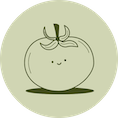
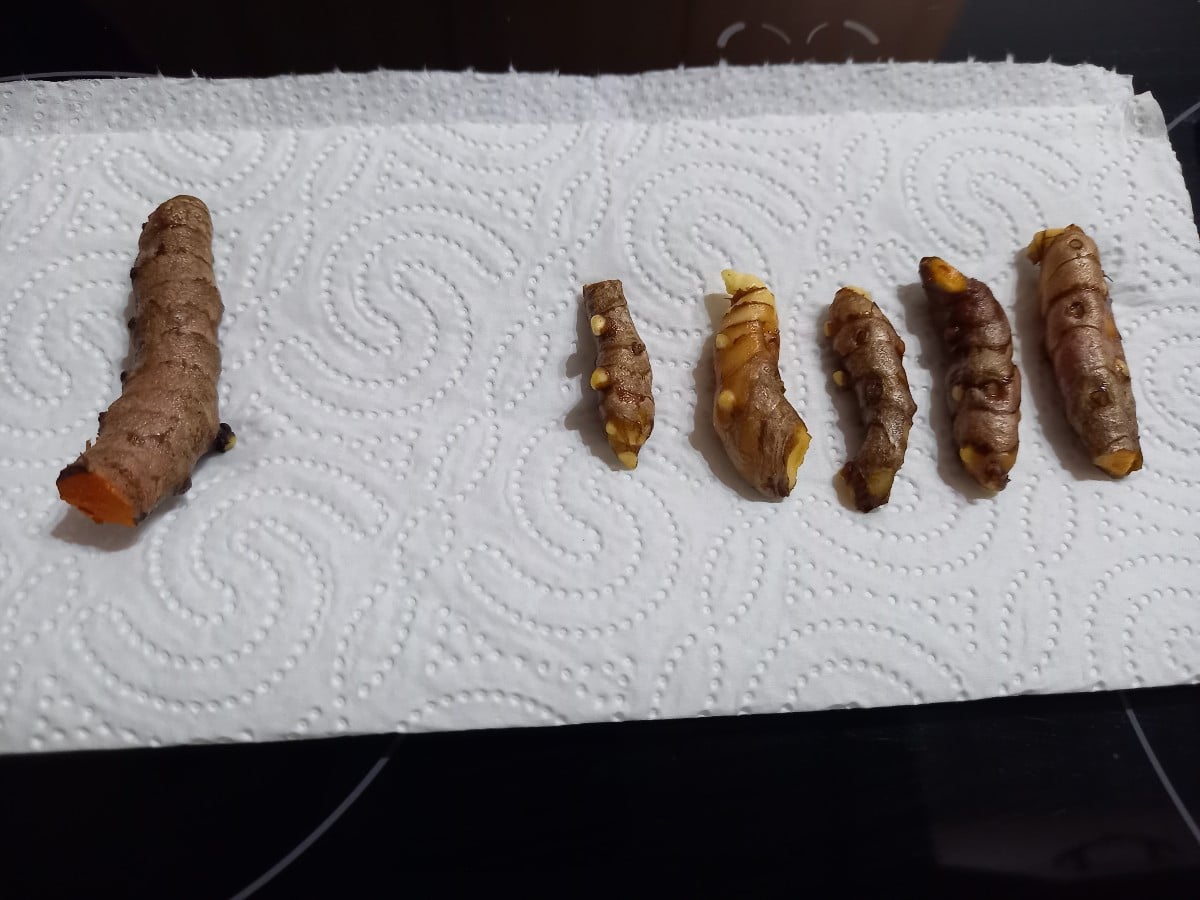
Liked 5 times
Hello folks, Today, after almost a year, I took my turmeric plant out of the flower pot that was on our windowsill. I think it's not bad for a 14x14 pot without any special care. On the left is the mother rhizome, which is also edible.
Show 2 answers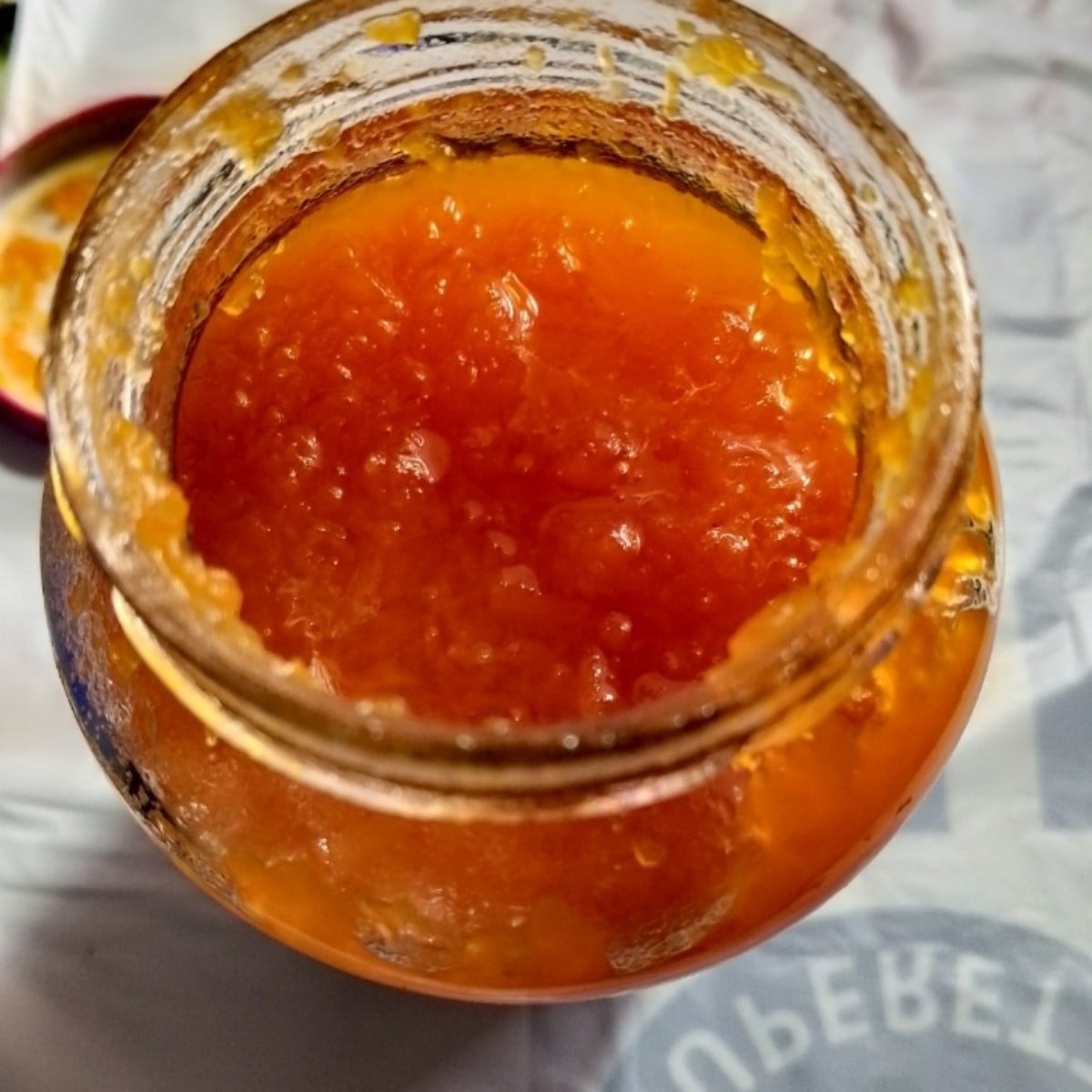
Liked 13 times
Pumpkin jam Cinnamon sticks are added for flavor. It tastes great, do you make pumpkin jam in Europe?
Show 10 answersPopular Articles

Overwintering Parsley: How to Do It Successfully

How to Grow Lettuce in Winter: Varieties, Sowing, Harvesting

Growing Sage Plant: Tips for Sowing and Harvesting

What Herbs Can Be Planted Together?

Create & Design a Permaculture Garden

Overwintering Plants: Tubs, Pots and Raised Beds

Pruning, Fertilizing & Propagating Currants: Care Tips

Pruning Raspberries: How to Do It

Vegetable Garden With Greenhouse: How to Use Greenhouse Effect

Winterizing Beds and the Garden: How to Do It
FAQ
How to create a cottage garden?
For a cottage garden you choose a sunny location. Traditionally, there are four beds of vegetable plants, flowers and herbs, as well as permanent crops planted around the edges, such as berry bushes and fruit trees. Flowering strips with a wide variety of flowers make a particularly visual impact and provide food for insects.
A cottage garden is a garden design inspired by the romantic ideal of a peasant garden. These gardens are distinguished by a particularly large variety of different plants that grow in a mixed culture. Vegetables, herbs, flowers, trees and shrubs are planted in a harmonious coexistence.
What plants belong in a cottage garden?
The greater the variety, the better. Therefore, in a cottage garden, in addition to vegetable plants, there are numerous flowers, herbs and medicinal herbs. A berry hedge or fruit trees at the northern edge contributes positively to the microclimate in the garden. In general, you can plant anything your heart desires in a cottage garden!
What can not be missing in a cottage garden?
Important to protect the beds is a bed border to protect the plants from animals, if necessary. In addition, in a cottage garden should not be missing cozy seating, which invites you to relax. In addition, it is important to pay attention to a wide variety of species, because that is what makes farm gardens.
